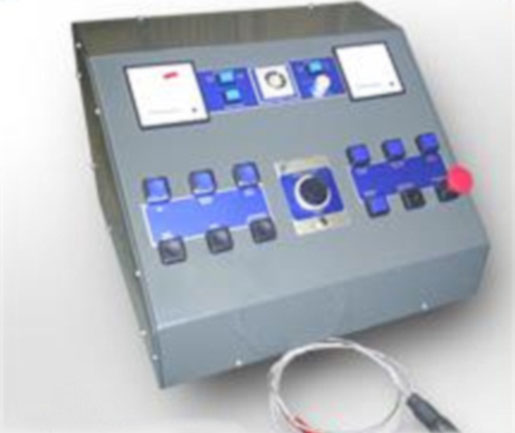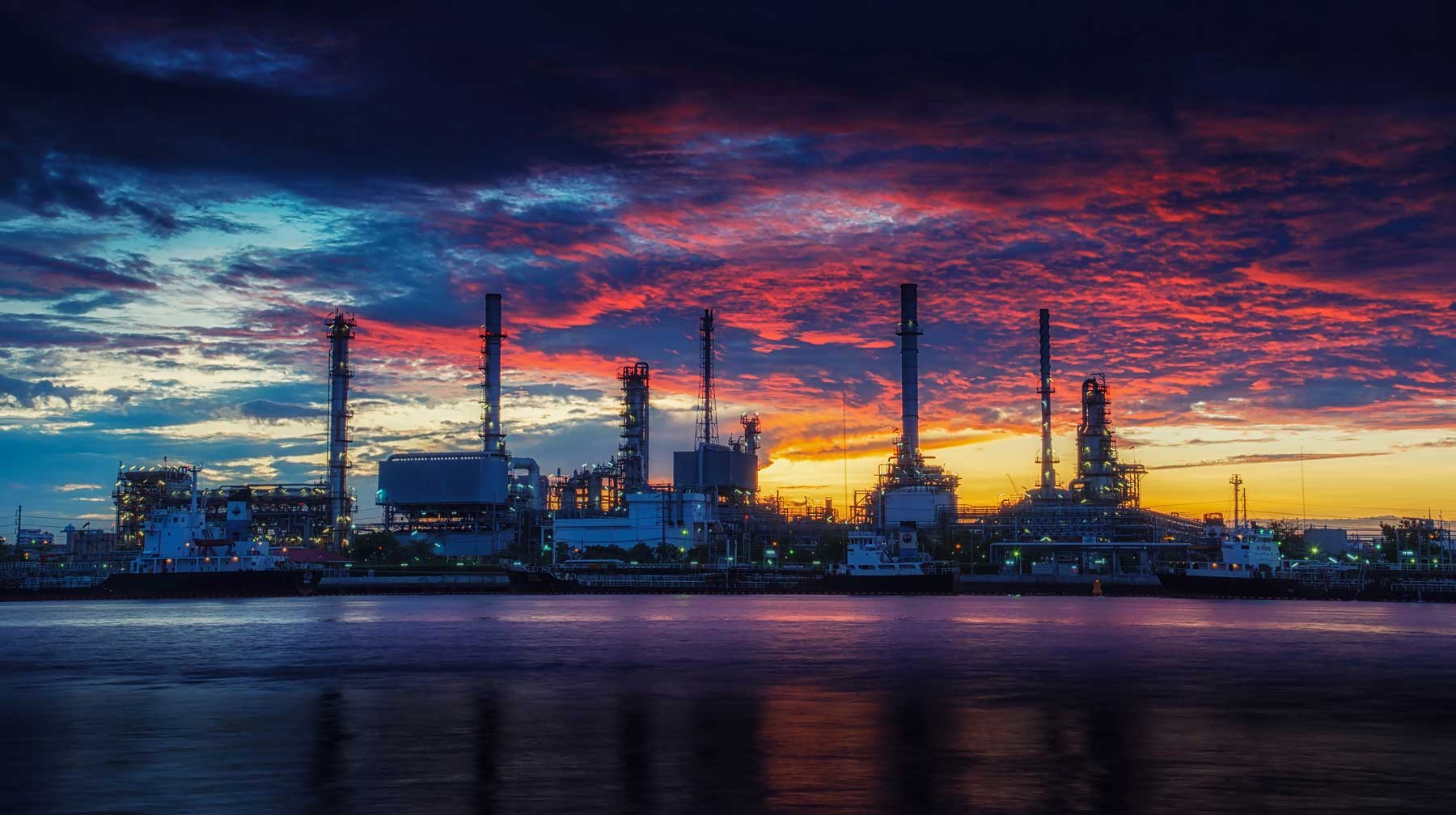
Vibratory
Stress
Relieving
VIBRATORY STRESS RELIEVING
WHAT IS IT?
Vibratory stress relieving (VSR) is a mechanical process for stabilising engineering components. This is done by inducing the component into a series of resonant conditions. These are found by rigidly attaching a variable force/frequency exciter to the component, isolating the assembly via rubber mounts, then scanning through the frequency range until these resonant conditions are identified. They are then treated for the relevant number of cycles. The exciter used being one or several from the range, dependent on the frequency response, geometry etc. The loading patterns induced by the resonant vibrations are far more complex than could be achieved by externally applied static force, therefore, causing the component to undergo overall elastic and plastic deformation resulting in both a lowering and redistribution of the overall stress field.
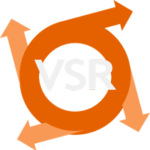
VIBRATORY STRESS RELIEVING
THE LIMITATIONS ARE FEW
What kind of components are suited to VSR treatment?
VSR can treat components weighing from a few grammes to over 200 tonnes in a wide range of ferrous and non-ferrous materials, in cast fabricated and bar form. Mixed metal components can also be successfully treated as can materials in previously treated conditions. The limitations being severely cold worked materials and because VSR brings about no metallurgical change it is unsuitable for the majority of pressure vessel and pipework applications.
VIBRATORY STRESS RELIEVING
HEAT VS VIBRATION TREATMENT
Why use VSR ?
Vibratory stress relieving is much quicker than thermal treatment, instead of hours soaking in a furnace it takes minutes in resonance.
With VSR there are no additional transport cost as treatment can be carried out on site.
VSR does not cause discolouration or scaling and virtually eliminates distortion unlike thermal treatments, so there is no need for reworking and shot-blasting etc.
VSR can also be carried out immediately after a component is removed from a machine, thereby reducing downtime and the need for re-setting.



VIBRATORY STRESS RELIEVING
WHEN TO USE VSR
How do I determine when to use VSR treatment?
Vibratory stress relieving can be used at different stages of manufacture, normally after fabrication or casting, but for components requiring high levels of accuracy and stability VSR can be applied after rough machining and if supreme accuracy and stability are required then the process can be reapplied prior to finish grinding thereby treating any build-up of machining stress. By adopting this method greater accuracy than obtained by thermal treatment is often possible.

Stabilisation
Vibratory Stress Relieving is widely used throughout the industry for stabilisation of engineering components in many diverse materials and stages of manufacture.
VSR Treatment Background
Components regularly treated using vibratory stress relieving range from 40 grammes to 40 tonnes, though components of 200 tonnes plus, present no real problems.
VSR Treatment
VSR can be used on a wide range of materials or combination of materials such as Copper, Aluminium, Iron, Steel ranging from basic mild to Super Duplex Stainless through to exotics such as Titanium etc. Whether cast, fabricated, forged or bar.
From Aerosapce to Agriculture
VSR can solve instability problems whether they occur in raw stock or finished machined components, with no adverse metallurgical change.
SALES AND SERVICE
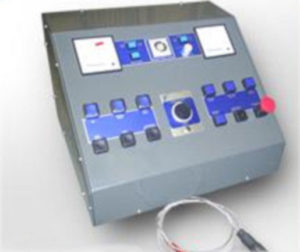
VCM 925
The VCM series of Vibratory Stress Relieving equipment is the culmination of 45+ years practical and theoretical experience of VSR and is the most successful, versatile today.
Single-phase 220-240 volt, 13 amp, 50-60Hz Input (Other voltages available to order) ensuring economy of operation & readily available power supply.
0-220Hz, 0-3640Kgf Treatment range, with choice of exciter and availability for twinning, Resulting in the successful treatment of a vast spectrum of components.
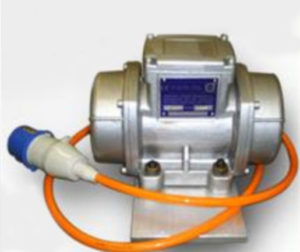
PORTABLE
Rubber isolators for components up to 200 Tonnes are available. Equipment can be easily taken to the component instead of large heavy items being transported to a stress-relieving facility.
Standard heavy-duty clamps are suitable for 90% of applications but for the other 10%, a large range of attachments are available for securing exciters to various shapes such as shafts, rings etc. and small vibrating tables for treating small items singly or in multiples.
Drawings for these attachments are also available as well as a comprehensive handbook with step by step instruction, open-ended technical support & access to our extensive photograph library.
THE VCM 925 SERIES
In the majority of cases, only one exciter is required but if a large range of components is treated then additional ones may be needed.
Extra exciters can be added at any time as every VCM console is manufactured with the capability of driving the entire range.
Robust stainless steel accelerometer and cable, low maintenance, high protection control console, high performance, totally enclosed exciters with exceptional load tolerance. Ensuring long trouble-free operating life.
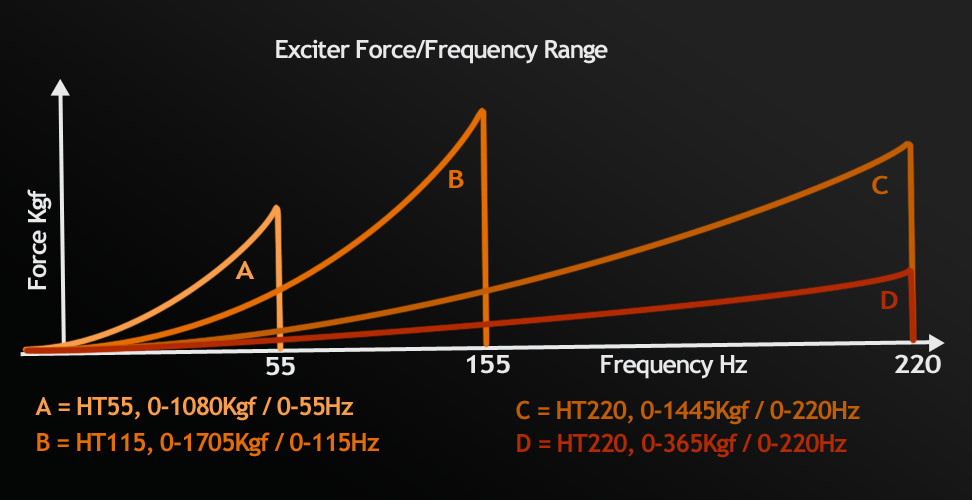
Precise repeatable control and clear analogue displays of frequency, dynamic loading & amperage, for Q.A. reports and analysis.
Chart recorders, data loggers etc. can also be driven from the standard console.
Portfolio
CONTACT US HERE
For all enquiries related to VSR and our services, please contact us via email or give us a call. We are happy to help with quoting or simply offering more information on treating specific components.
9 Willow Close
HR7 4LH
United Kingdom
Email: enquiries@v-s-r.co.uk
Phone: + 44 (0) 7776 230 311
